John Gomez is CEO of JGo Labs.

What’s the big news these days?
It’s over. Epic wins. Not sure that is big news, more like the Emperor’s New Clothes from childhood. Everyone kind of knows they won, but no one wants to point it out.
Why do you think Epic has won?
As the data rolls in, some qualified and some conjecture, the one thing that seems to remain consistent is that Epic is the big winner when it comes to the EMR market. This may seem rather obvious, but for some reason we keep hearing how there is still tremendous opportunity in the EMR market.
I am not sure where that huge opportunity lies or what market is being referenced by the Epic competitors, but from what I see, if we are discussing the hospital market, then Epic has won the lion’s share. Congratulations go to Judy and team. Job well done.
I am often asked by analysts if Epic is the big winner, who is the runner up? My vote would be Cerner. I actually am rather impressed by the company’s turnaround, KLAS scores, and general ability to deliver a quality product at a competitive price point with solid periphery services.
That brings us to the rest of the pack — Allscripts, GE, McKesson, and the niche players trying to carve out a place among the smaller hospitals that haven’t made an EMR partner choice. Mind you that even in the small hospital market of 50 to 150 beds, Epic is making inroads, with CPSI doing a great job of gaining ground. There are some other players, but in my eyes, these are the companies to watch.
What happens now?
Mind you I am often wrong about these things, but there are basically two things that will happen. The first is that we will see continued focus by hospitals to optimize their financials for the new world order. Secondly, we will see a resetting of the landscape.
Where do you think the market is in terms of our maturity?
If we went back to the 80s and 90s, we would find ourselves surrounded by plethora of word processing and spreadsheet offerings. Anyone remember WordPerfect, Multimate, Wang, and Write? How about Quattro Pro and QuickCalc? Today the office productivity market is owned by Microsoft, with some pressure from Google and Open Office, but nothing even remotely close to threatening Microsoft Office’s market share. We have seen the same thing occur with databases (Access, dBase, Clipper, Sybase, IBM-DBM, Gupta) and even accounting packages (JD Edwards, AccPac, etc.) I suspect we are in the early stages of consolidation where we will see some of the EMR market begin to shift and clients moving over time to the market leaders.
Why don’t you think that hospitals will move now instead of saying with their incumbent EHR vendor?
The thing to understand about this market is that for all intents and purposes, it is a very conservative market. I suspect that hospitals don’t just jump ship overnight because there is vast fear of the unknown. By that, I mean there is just enough FUD — fear, uncertainty and doubt — that hospitals stay put.
I do believe that if there was a very prescriptive means of migrating, hospitals would move, but today there is no clear methodology that shows a hospital exactly how to move, the risks, the plan. and how to be successful in that migration. If someone brought to market a clear migration methodology that was highly prescriptive, I suspect they would be very successful and hospitals would certainly make the move.
We hear a lot about cloud computing, open platforms, and SaaS. Will they allow new companies to emerge and challenge the current market leaders?
I hear that a lot. I have investors who try to convince me that an EMR that is cloud based or has a great new user interface or some new single platform solution is going to make everyone suddenly abandon their EMR of choice and jump ship. I just don’t see that happening.
This market is very loyal and is not enticed by the great new shiny object. Clients in this market move because a vendor just cannot keep its promises and does not follow through. This market is not driven by small savings in costs or the promises of being open. I do think being open is important, but I don’t know of any hospital that is going to move because there is suddenly a new platform.
Many people say Epic is closed.
That is pretty funny. Since leaving Allscripts, I have had the chance to really get to know Epic. I have found that Epic is actually very open and has a flexible platform. They have programs to work with third parties and there are many, many third parties that integrate with Epic.
Much of what you hear about Epic is myth. Much of it is created by their competitors, which is rather telling if your only way to combat Epic is to spread myth.
Give me an example of Epic’s openness.
Actually I can give a bunch of them. For one, they were one of the first vendors to integrate with the DoD and VA seamlessly. That is significant because most of the HIE standards in the country are based on the DoD/VA work. Epic is the leader in this space and what’s more, they use this to help all of their clients exchange data. I don’t know if they did this by design or by accident, but either way the outcome is brilliant.
In terms of third-party integration, they seem to be very open to that in my eyes. A good friend of mine, Matt Sappern the CEO of Perigen, reached out to Epic and asked about how they might be able to integrate. Epic was responsive, and in a few short weeks they had an agreement in place. Perigen, to the best of my knowledge, is now extremely excited and an Epic supporter.
Contrast that to some of the other vendors, even ones with app stores, and you find that it is extremely difficult to put a deal in place and takes weeks and weeks if not months. Epic suddenly starts looking like the nicest company on the planet to work with.
How will the market change?
Over the past several years, what we have seen is inorganic growth in the market. Companies, especially the EMR vendors, really needed to just do what the government required, deliver on their promises, and follow through to be assured of growth. Not to minimize it, but that is what Epic did and does and what Cerner did and does. The companies that had failed leadership, lost their way, or focused on financials rather then quality … well, they kind of didn’t enjoy that growth.
As things settle down, we are going to see a shift from inorganic growth to organic growth. Organic growth is where you must rely on your own innovation and understanding of the market to gain share or preserve share. You need to figure it out and no one, not the Government or anyone else, is going to provide you a checklist, like Meaningful Use.
That shift from inorganic to organic will reset the market. It means everyone — Epic, Cerner, McKesson, Allscripts — all have a chance now to either win or lose. The key will be figuring out what they need to do to take advantage of this reset. It will be easiest for those who own the most market share, but it is not guaranteed. Just because you won the EMR battle doesn’t mean you won the war.
Where do you see the opportunities?
I think that in terms of opportunity there are two categories. The first being add-on opportunities and the second being apple seed opportunities. Add-on are those opportunities where a vendor can bring to market new offerings that they bolt on or integrate with their EMR. The second and most critical to long-term success are apple seed opportunities. These are new offerings that provide new market growth, for example, entering adjacent markets or inventing entirely new products.
Simplify that statement.
I would steal a line from my friend Matt that I mentioned earlier. The go-forward victors will be “those companies that can help hospitals make money or avoid penalties.” I think that regardless of whether we are talking about add-on or apple seed opportunities, the net net is that the clients in this market are going to need to really to focus on optimizing operations. That will drive much of the investment they make in the coming three to five years.
What does Allscripts have to do fix itself?
That answer would make an interview in and of itself. In hopes of not boring your readers, I will keep it short.
The bottom line is that they need to decide what they are. Are they a software company or sales company? To date, they have operated as a sales company. Even when I was there I fought that persona and always felt it was one of the biggest issues we had. They have a long way to go to become a software company.
I also think they need to figure out who is really conducting the orchestra. They have lots of people suited up for opening night, but in my eyes it seems there is no conductor. I am sure they are working hard to get things right, but just seems like they need to get one person who can articulate end to end how it all works, when and how it is all going to come together, and where it is going in the future. In a manner that is clear, market relevant, and based on facts.
I still have a huge soft spot for my former team members and feel bad for them. They have been working day-in and day-out on something they truly believe in, yet time and time again the leadership of the company has let them down.
When I talk to analysts, they focus on 5-10 percent growth models. All they care about is how the company just grows 5-10 percent. This is one case where Wall Street is just as guilty in holding this company back by forcing them to focus on financials rather then building a great set of solutions.
Going private isn’t the answer. That is just leadership weakness looking for a scapegoat. Cerner turned themselves around a few years ago, as did many other public companies.
The market is going to reset. It is all a matter of if this company takes advantage of that. So far I just don’t see much difference today than anything the previous seven or eight CEOs have done or tried.
What are the biggest market fallacies or myths?
I covered one, that Epic isn’t open. Some of the others are related to what I consider emerging trends. I think there are a lot of buzzwords being thrown around that, as they often do sound great but aren’t actually more than buzz.
Things like population management, clinical trials integration, and outcomes management are catchy, but when you get past all the buzz, they seem to be solutions looking for problems. I would really caution vendors and providers to think very carefully before investing in these areas. I would especially advise providers to see if they can’t solve these issues with the tools they have, inexpensively, before they pull the trigger and buy more technology.
Lastly, I am thinking mobility. Provider mobility, except in some limited areas like wound care for instance, just isn’t there yet and is not going to be the big paradigm shift. It will happen, but probably not as fast as the buzz indicates. I do think on the patient side mobility is huge and growing rapidly with great returns.
What would be some strategies you would recommend hospitals consider over the next few years?
I think that first and foremost, forego best of breed for tight integration. Features can be evolved and hospitals can easily push a vendor to fix the gaps.
On the other hand, integration — regardless of Meaningful Use 3 — is really really hard to get right. Despite vendor best intentions, it’s not going to happen overnight. In the future, I suspect you can live with a small feature gap, but as you need to rely more and more on a holistic view of the patient, you will find that integration is mission critical.
I would also tell hospitals that they need to stop paying premiums for software. This industry is one of the few left where you have pricing models that really make no sense. How does bed count or total caregivers change the value of the software? It doesn’t.
If you want to find an easy means to optimize costs, push vendors to realign their prices and charge intelligently. I think it is cool that market economics allow for $20M software deals, but going forward, clients need to set ceilings and really question the pricing.
Hospitals also need to truly examine the value of the shiny object. Do they need that population management thing? Are they really going to need to integrate with clinical trials? Do they need a huge data warehouse? Maybe, but chances are most hospitals do not. Question the shiny object and invest in practical solutions that drive real revenue and reduce exposure to penalties.
I would tell them to reconsider their departmental systems. I think there are really great new offerings out there that can help drive down costs, improve throughput, and make a difference to the bottom line of the hospital. I also would tell them to look into outsourcing things like their pharmacy and ICU. For smaller hospitals, this can be a serious way to reduce costs, improve quality of service, and drive margin improvement.
I would suggest they consider embracing self-care systems and introduce more case management that is subsidized by their majority payor. That is a little harder to explain here, but basically it is about reducing admissions for non-critical patients and still generating revenue.
Lastly, I would tell them to work really hard at being a business. I know that isn’t politically correct, but I think that focusing on being a business actually would improve revenue, which is ultimately required to make investments in improving patient care.





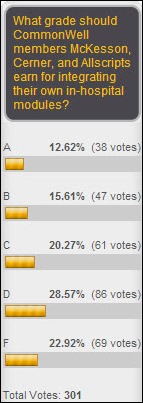












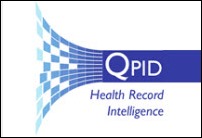


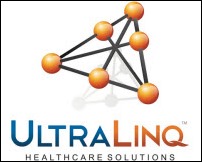


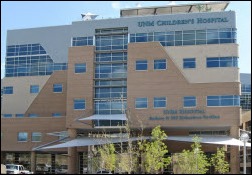
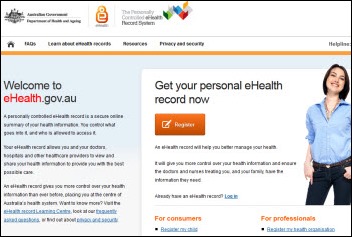
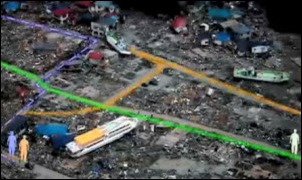



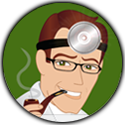


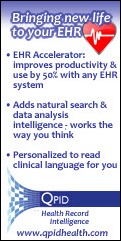







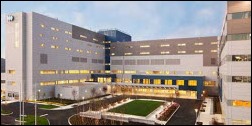
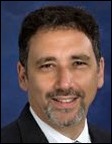

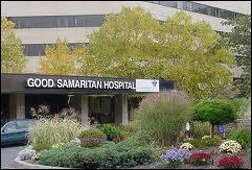


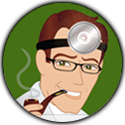

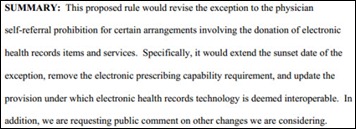



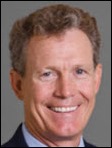

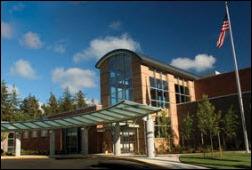




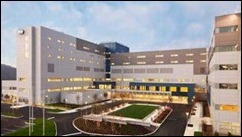
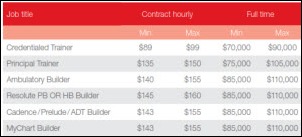

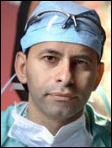

















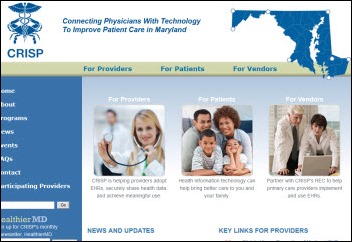

Merry Christmas and a Happy New Year to the HIStalk crowd. I wish you the joys of the season!